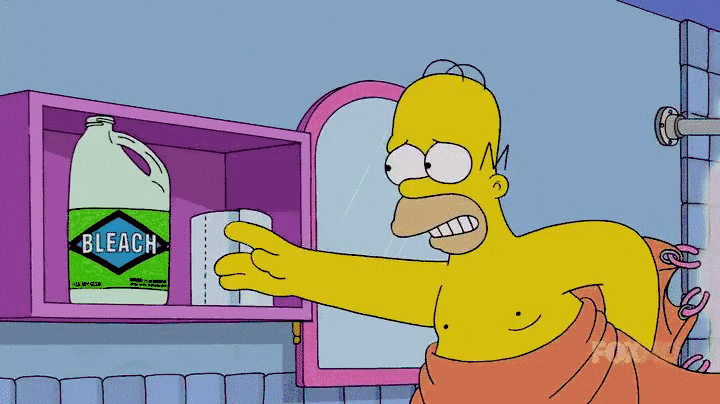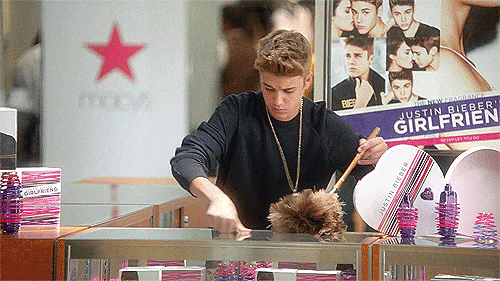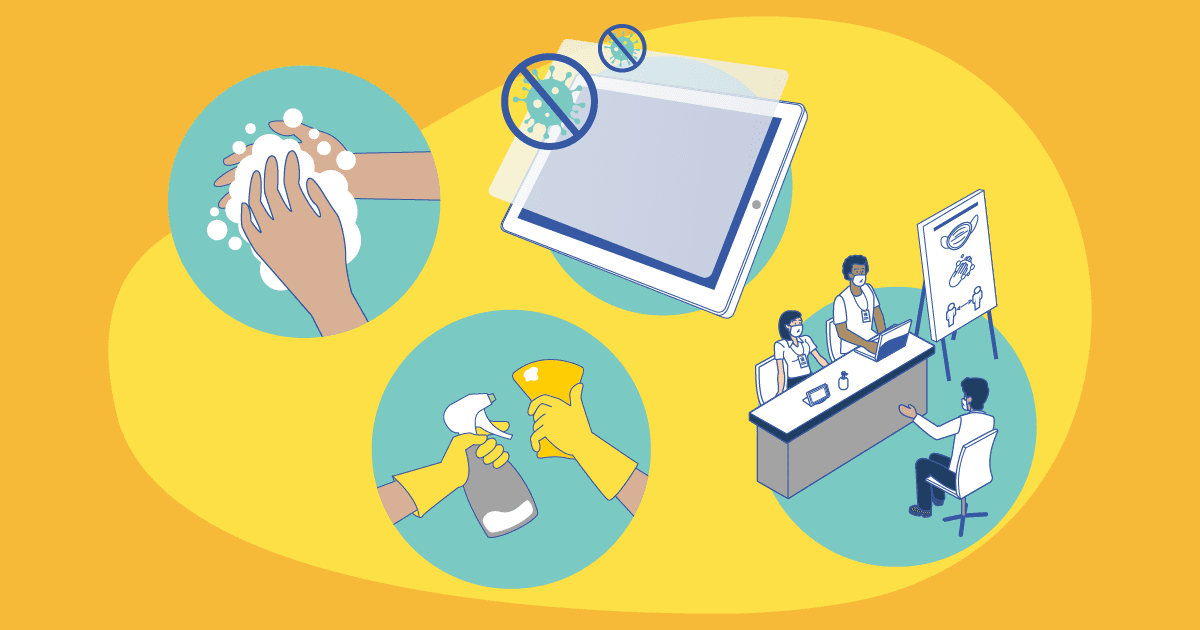Newly released guidelines for surface transmission tell us that it’s probably time to cut back on all the Clorox wipes. According to the CDC, “The principal mode by which people are infected with SARS-CoV-2 (the virus that causes COVID-19) is through exposure to respiratory droplets carrying infectious virus.”
The CDC also conducted quantitative microbial risk assessment studies to get a deeper understanding of the transmission risk factors. From this research, they saw that the “risk of SARS-CoV-2 infection via the fomite transmission route is low, and generally less than 1 in 10,000, which means that each contact with a contaminated surface has less than a 1 in 10,000 chance of causing an infection.” To put this in perspective… the odds of getting hit by a meteorite stand at about 1 in 3,000, says NASA. Or the chance of being born on a leap year is 1 in 1,461. How about snagging a foul ball while cheering on your baseball team? 1 in 835 chance of it happening.
The CDC still recommends a daily cleaning of public spaces with soap or detergent once a day. Along with masks, keeping people spaced out, having good ventilation, and hand hygiene — which together will have the greatest impact of COVID transmission in community spaces.
For more, here’s our full breakdown of the CDC’s new guidelines, and some tips for how organizers and attendees can stay safe at events. Let’s get to it!

Keep cleaning, but science says dial back the bleach.
Organizers and event planners might feel the need to disinfect everything that anyone touches, but the CDC says that we can get a similar result by cleaning with regular soap, once a day (as long as there are no suspected cases of Covid-19):
“Routine cleaning performed effectively with soap or detergent, at least once per day, can substantially reduce virus levels on surfaces. When focused on high-touch surfaces, cleaning with soap or detergent should be enough to further reduce the relatively low transmission risk from fomites in situations when there has not been a suspected or confirmed case of COVID-19 indoors.”
Although even with this new guidance, we understand that organizers might want to schedule some extra disinfecting — just for everyone’s peace of mind. Which makes sense, especially as we get back into the swing of things.
Create a surface transmission plan that’s proven to work.

The best thing for organizers to do is to create a plan that will actually stop the virus. The CDC concludes their guidelines with this:
“The risk of fomite transmission can be reduced by wearing masks consistently and correctly, practicing hand hygiene, cleaning, and taking other measures to maintain healthy facilities.”
Some other measures for organizers to consider are ventilation upgrades, and improved HVAC systems and equipment. When inside a venue, a ventilation strategy is key. It can help to lessen the viral particle concentration, which has been proven to dilute the number of contaminants in the air. When planning for your event, make sure to check with your venue rep and see what type of ventilation systems they are working with.
There are also ways to make touchscreens, ubiquitous at events, more COVID friendly. At Expo, we’ve added antimicrobial screen covers to our low-touch check in experience. Giving you and your attendees extra protection — so that people can feel safe when they check into one of our events.
For maximum impact, talk to attendees about your plan for surface transmission.

Communicate to attendees why the plan works, and how it aligns with CDC guidelines. Try to create content and signage that teaches attendees the basics, such as why it’s so important to keep the virus out of the air and off of their hands. Maybe even bring in speakers or celebrities to help make this message part of your brand.
When you can, plan outdoors, in the sunshine!

Outdoor events and meetings are some of the best ways to lower the already low risk of surface transmission. According to the CDC.
“Concentrations of infectious SARS-CoV-2 on outdoor surfaces could be expected to be lower than indoor surfaces because of air dilution and movement, as well as harsher environmental conditions, such as sunlight.”
Most importantly, everyone is simply more comfortable and relaxed outside. It’s where we’ve chatted with neighbors and met with family for the last year. It’s where we went back to restaurants (even when it was freezing cold outside)! So it makes sense that outdoor event spaces are where people will want together in person right now.
We may not be completely done with disinfecting, but we do know now that there are some solid, researched-based ways to keep people safe at events. Which should make everyone feel a little better as the event world starts to open up.



